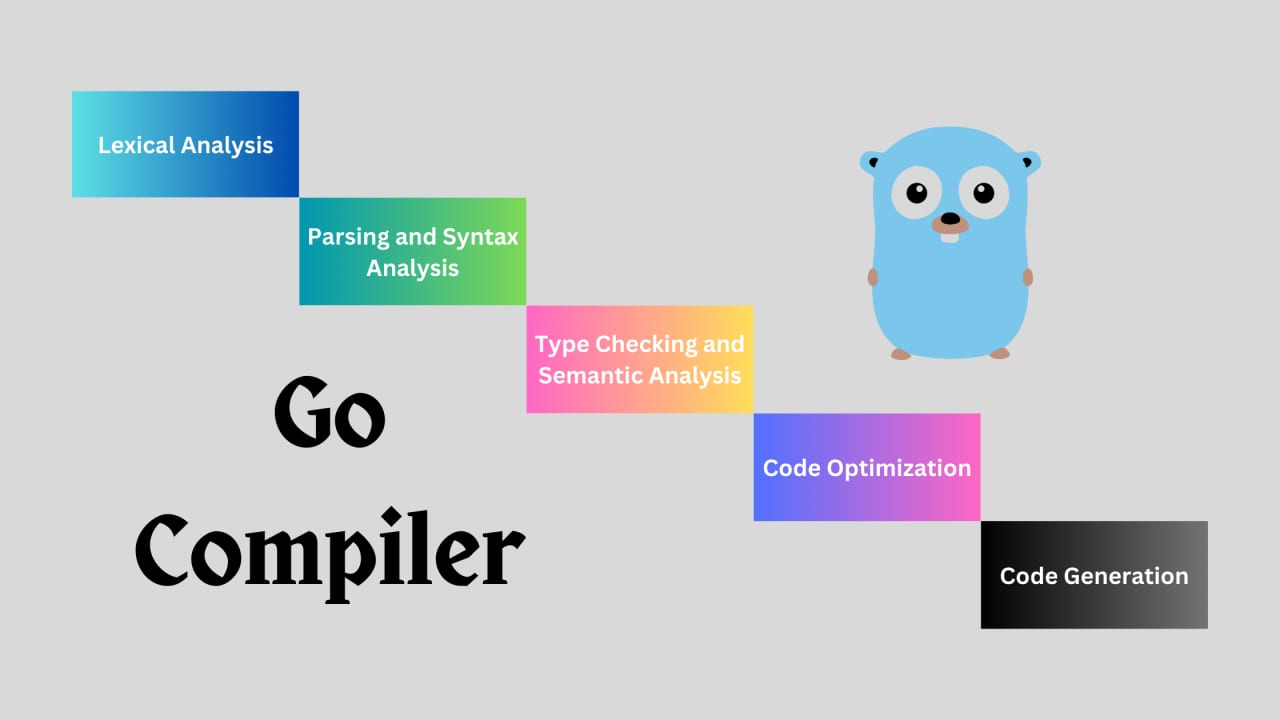Introduction to Golang Best Practices
- With Code Example
- August 7, 2023

Series - Golang Best Practices
- 1: Introduction to Golang Best Practices
- 2: Code Formatting and Style - A Guide for Developers
- 3: How To Handle Errors In Golang Effectively
- 4: Concurrency and Goroutines - Learn Parallelism in Golang
- 5: Memory Management in Golang - Safeguarding Efficiency and Stability
- 6: Testing, Benchmarking and Continuous Integration in Golang
- 7: Performance Optimization in Golang
- 8: Package and Module Design in Golang
- 9: Security Best Practices for Go Applications
- 10: Documentation and Comments in Go
- 11: Debugging Techniques in Golang
- 12: Continuous Improvement and Code Reviews
- 13: Understanding Error Handing in Golang

Golang, also known as Go, is a popular open-source programming language developed by the tech giant Google. With its simplicity, efficiency, and robust support for concurrency, Go has garnered immense popularity among developers in India and around the world. As Golang applications continue to scale in size and complexity, adhering to best practices becomes paramount for ensuring code quality, readability, and overall project success. In this article, we shall delve into the significance of Golang best practices, their crucial role in software development, and the multitude of benefits they bring to both developers and projects.
Understanding the Importance of Best Practices in Go
Best practices are time-tested guidelines, techniques, and coding standards honed by experienced developers over time. They aren’t rigid rules but rather proven approaches that facilitate the creation of maintainable, robust, and efficient code. In the context of Go, following best practices ensures that developers write code that is not only idiomatic but also highly performant and scalable.
1. Consistency and Readability:
Golang best practices put a strong emphasis on code consistency and readability. Code that follows consistent patterns is easier to comprehend, leading to fewer bugs and enabling seamless collaboration among team members. By adopting common coding practices, the codebase becomes more predictable and accessible to all.
2. Code Maintainability:
As Golang projects evolve, maintaining the codebase becomes crucial. Best practices enable developers to craft code that is easy to maintain, refactor, and extend, thereby reducing technical debt and facilitating agile development cycles.
3. Performance Optimization:
Go is renowned for its efficiency, and best practices unlock its true potential. Optimized code ensures optimal resource utilization, resulting in applications with superior performance. By embracing practices for concurrency, memory management, and performance profiling, developers can create applications that are both fast and responsive.
4. Bug Reduction:
Golang best practices encompass techniques to prevent common programming errors and bugs. From proficient error handling to employing concurrency-safe operations, adhering to these practices substantially reduces the likelihood of encountering unexpected issues in production environments.
5. Scalability and Robustness:
With Go’s robust concurrency support, it emerges as an ideal choice for building scalable applications. By embracing best practices, developers can confidently write concurrent code that is resilient and robust, fully harnessing the power of Go’s concurrency model.
Benefits of Following Golang Best Practices
1. Improved Code Quality:
By implementing best practices, developers produce code of higher quality that is less prone to errors and easier to maintain. This results in applications that are reliable and stable.
2. Enhanced Collaboration:
Best practices create a shared set of coding guidelines, promoting effective collaboration among developers. This fosters better understanding and efficient code reviews, streamlining the development process and enhancing team dynamics.
3. Faster Development Cycles:
Embracing best practices allows developers to avoid reinventing the wheel and grappling with inefficient code. This accelerates the development process, enabling teams to deliver features faster and meet project deadlines more effectively.
4. Reduced Technical Debt:
Incorporating best practices from the outset prevents the accumulation of technical debt. This translates to less time spent on rework or fixing issues later in the development lifecycle, freeing up resources for innovation.
5. Better Application Performance:
Optimized code resulting from best practices unlocks the full potential of applications. The outcome? Faster, more resource-efficient applications that provide a seamless user experience.
Conclusion
In conclusion, Golang best practices stand as the pillars of excellence in software development. They champion code quality, maintainability, performance, and scalability, all of which are crucial for ensuring the success of Golang projects in India and beyond. Whether crafting personal endeavors or contributing to large-scale applications, embracing best practices becomes a wise investment that yields remarkable dividends in the journey of any Golang project.







